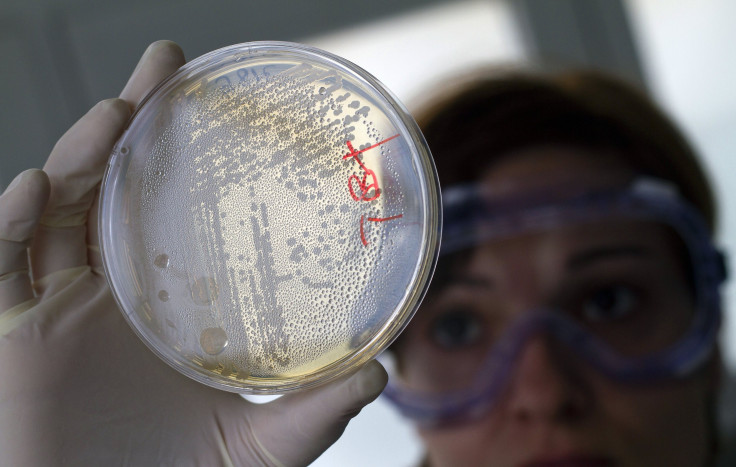TSRI Scientists Discover Mechanism Behind Antibiotic-Resistance In Bacteria

Every day, a new set of bacteria is reported to become resistant to antibiotics used to treat deadly infections. However, the mechanism behind antibiotic resistance was not known until a recent study carried out by researchers at The Scripps Research Institute (TSRI).
According to TSRI researchers, the bacteria “switch on” a previously uncharacterized tiny set of genes in the presence of the antibiotic to develop resistance against it.
The researchers have been working to develop a series of drugs, including arylomycin, that could potentially treat bacterial infection. However, experiments showed that bacteria have the tendency to become resistant to such lab-made anti-bacterial drugs as well. During the recent research, the team found that a human pathogen known as Staphylococcus aureus develops resistance against such drugs by switching on a set of previously uncharacterized genes.
Arylomycin worked on the bacterial growth by inhibiting one of its proteins called Type I signal peptidase, or SPase. The researchers believed that the bacteria would die without the protein since it is essential for processing other crucial proteins required for normal functioning of the bacterial cell.
However, the researchers discovered that even when the arylomycin inhibited SPase, or even the SPase-producing gene, was completely eliminated from the bacterial cell, S. Aureus could still survive. That is, it developed an antibiotic resistance against arylomycin. Using the DNA sequencing technology, the researchers identified a set of genes that was actually working as a fill-in for SPase.
“We did not believe it,” said Romesberg. “No one would have believed SPase was not essential. If you take the wheels off a car—it’s not going to drive,” said senior author Floyd Romesberg, in a press release.
In the absence of SPase, a protein called AyrR switched on the previously “uncharacterized” genes to produce AyrA and AyrBC proteins, which performed the same function as SPase. The research team believes that it might actually be an alternative mechanism in the bacteria, which is switched on when the workload for SPase in the bacterial cell is too much.
© Copyright IBTimes 2024. All rights reserved.











